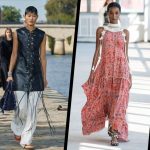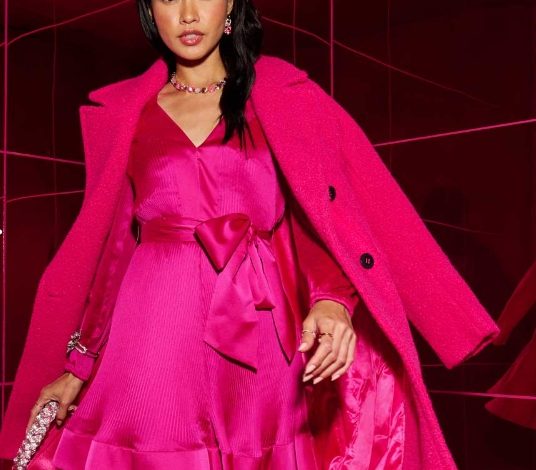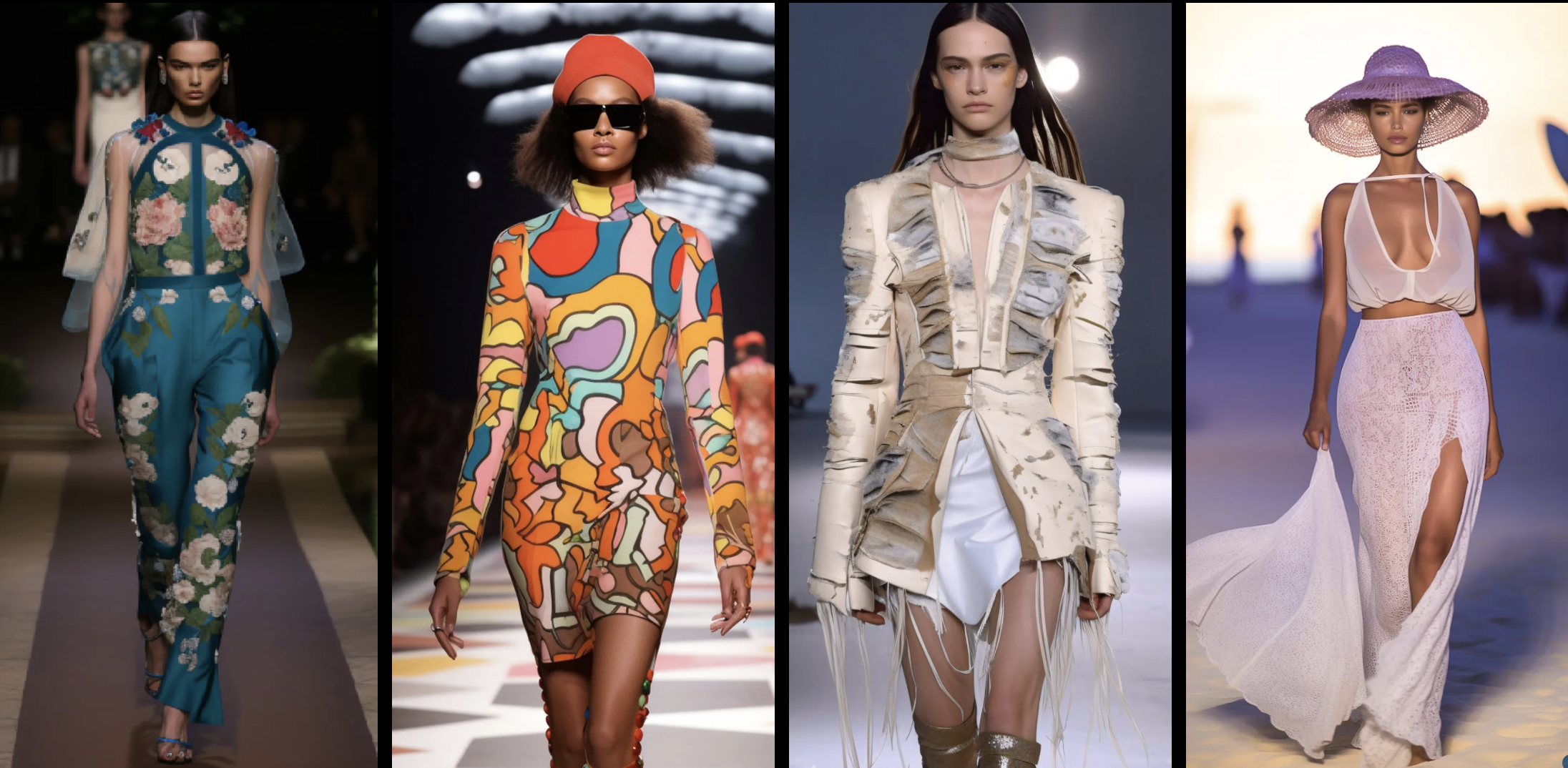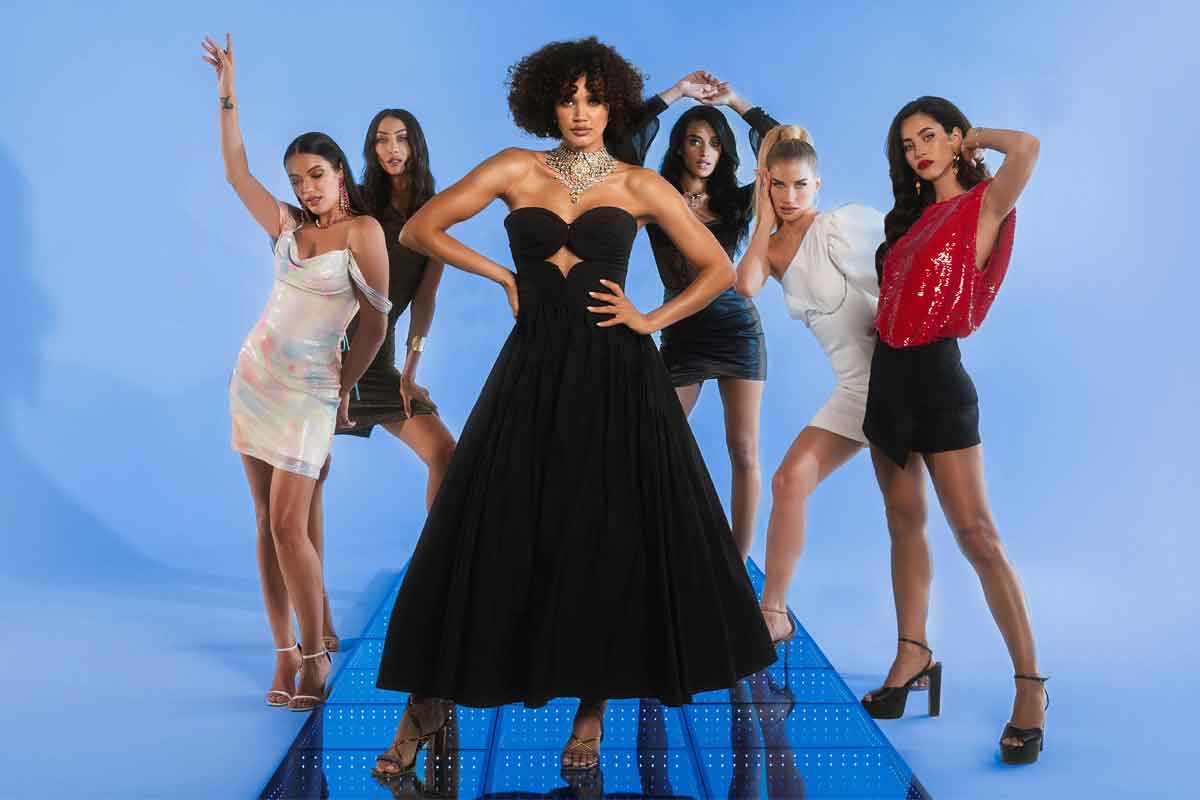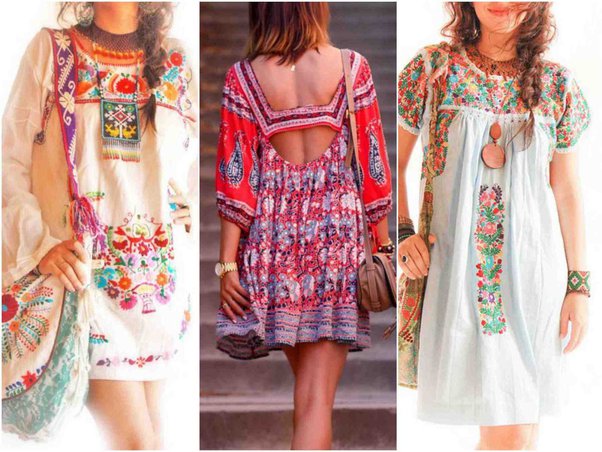
Intellectual Roots of Bohemian and Hippie Styles
Growing up in a household with parents who were a part of the counterculture movement of the 1960s, I was always fascinated by the bohemian and hippie styles that emerged during that time. These unique and free-spirited fashion trends became synonymous with a rebellious and unconventional lifestyle. As I delved deeper into understanding the intellectual roots of these styles, I realized that they were deeply connected to philosophical and cultural movements that sought to challenge societal norms and promote individual expression.
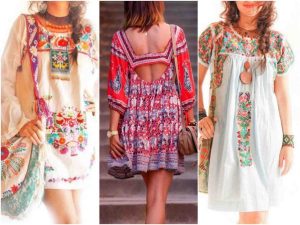
One crucial intellectual root of the bohemian and hippie styles can be traced back to the Romantic movement of the late 18th and early 19th centuries. This movement rejected the rational and industrialized society of the time, instead celebrating nature, emotion, and personal freedom. Romantic thinkers embraced individualism, emphasizing the importance of intuition and spontaneity over strict societal codes. These ideas laid the foundation for the bohemian lifestyle, which emerged as a rejection of mainstream culture and a celebration of artistic expression and nonconformity.
The bohemian style itself drew inspiration from various cultures around the world. It incorporated elements from Eastern mysticism, Native American traditions, and European folk art. This eclectic mix created a fashion aesthetic that was vibrant, diverse, and often heavily layered with flowing fabrics, unique patterns, and ethnic accessories. The bohemian style became a visual manifestation of the rejection of social conventions, an outward expression of individuality, and a celebration of cultural diversity.
As the 1960s dawned, a new wave of counterculture movements emerged. Youth across the globe protested against societal norms, war, and inequality, advocating for peace, love, and harmony instead. The hippie movement became a symbol for this cultural rebellion, and the style associated with it was a direct reflection of these ideals.
The intellectual underpinnings of the hippie style can be largely attributed to the ideas of the Beat Generation, a group of writers and artists who rejected materialism and embraced a bohemian lifestyle in the 1950s. Beat writers like Jack Kerouac and Allen Ginsberg advocated for personal freedom, spontaneous living, and spiritual exploration. Their writings inspired a generation of young people who were searching for alternatives to the mainstream way of life.
The hippie style incorporated elements of the bohemian aesthetic, but it also took a step further in its pursuit of a communal and egalitarian society. The fashion was characterized by loose-fitting, unstructured clothing made of natural fabrics like hemp and cotton. Tie-dye became popular as a symbol of unity and embracing diversity. The use of vivid colors, bell-bottom pants, and long flowing skirts were all indicative of the rejection of societal norms and the embrace of a more relaxed and peaceful way of life.
The intellectual roots of the bohemian and hippie styles can also be seen in their close association with environmentalism. Both movements emphasized the importance of living in harmony with nature and rejected the destructive tendencies of modern industrial society. This emphasis on environmental consciousness translated into the use of natural and sustainable materials in fashion choices, as well as the adoption of a back-to-nature lifestyle that prioritized self-sufficiency and organic living.
While the bohemian and hippie styles emerged from different historical contexts, they share a common thread of individuality, nonconformity, and a rejection of societal norms. They both draw inspiration from intellectual movements that challenged the status quo and sought to reestablish a connection with nature and authentic human experience.
As I reflect on the bohemian and hippie styles that captured my imagination as a child, I now appreciate the depth of their intellectual foundations. They were not just passing trends or fashion statements; they represented a philosophical and cultural shift that continues to resonate with individuals seeking personal freedom and expression. Whether it’s through fashion choices or embracing an alternative lifestyle, these styles remind us to celebrate diversity, challenge conformity, and ultimately, to be true to ourselves.




